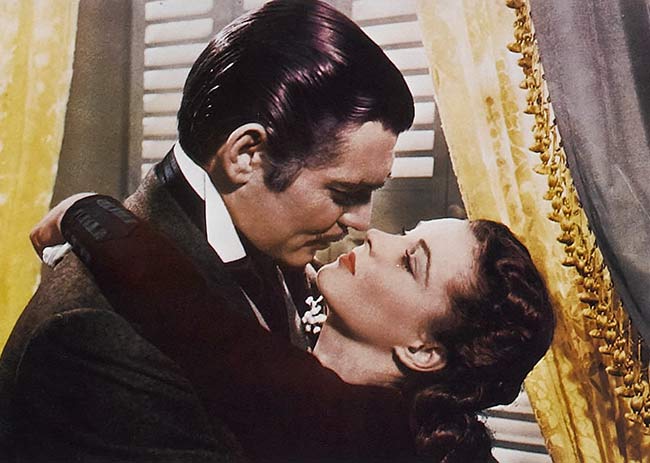Balancing “Showing” with “Telling” in Fiction
It’s the golden rule of fiction: show, don’t tell. But it’s easier said than done. Show too much, and you’ll bore even yourself. Show the wrong details, or show ineffectively, and you may find that your readers are mismanaged, indifferent, or asleep.
Showing and telling in fiction requires a balance, for there are times when one or the other is the most appropriate. We fiction writers have to balance all the elements in a scene or story, like spinning multiple plates in the air without letting any fall.
We need balance between dialogue and narrative. Between action and backstory. Between internalizing thoughts and showing emotion.
It takes some thought to determine when to show and when to tell, but this post will give you some insights to help you find your balance.
Scene vs. Summary
Essentially, we write in one of two ways: in real-time scenes—with specific action, dialogue, characters, a place, a time—and in summary. All fiction uses both to some degree, but the balance should always be heavily on the side of scenes. And even in summary, there are ways to show effectively.
What makes scene differ from summary?
First, detail. Especially sensory detail, the kind we can see, hear, taste, touch, or smell. Closely related is the need for time and place—so events don’t just happen in white space but within a world that is present to the senses.
Next, action. Specifics are the key here. We watch what the characters are doing in real time. Dialogue is also action in real time. Instead of summarizing what someone said, you play out the lines, as if readers are watching characters acting it all out on stage, including their expressions and gestures.
Keep in mind, as always, who your POV character is. For that is the one who is experiencing and noticing and processing all that goes on.
What It Takes to Show Effectively
First off, it takes time. Summarizing is a quick, broad sweep and can usually cover all the plot points in a few sentences or short paragraphs. Showing takes much more thought and many more pages, usually.
It requires getting into the character’s head and revealing their emotions and thoughts from one second to the next. Even if you are keeping a bit of distance from your POV character and not going “deep” into their thoughts or feelings, you will still need to show her reactions as each moment unfolds.
In addition to knowing how much detail to show, writers have to decide what kind of details to use. I often read scenes in the manuscripts I critique, for example, that have characters engaging in lots of gestures, such as rubbing a neck, bringing a hand to a cheek, pushing fingertips together, turning or moving toward something—all for no clear reason.
Showing body movement, gestures, and expressions can be an effective way to indicate a character’s emotional state, but this needs thoughtful consideration so that the gesture or expression packs the punch desired.
And don’t forget setting and sensory details (which I write a lot about and have a course dedicated to mastering that). Being selective and purposeful in bringing out setting to evoke and reflect your characters’ moods takes time but adds layers to “showing” in a way that “telling” does not.
When It’s Better to Tell than to Show
We’ve looked into ways to show instead of tell. But, consider this.
In a fictional story, readers imagine that the characters have real lives, just as they themselves do. But the writer who tries to act out a character’s every moment will find readers snoozing sooner rather than later. We’re often told to “show, don’t tell.” But when is showing actually the less effective choice?
Most of the time, a character’s routine is not crucial to the story. Habits such as hearing the alarm clock, shuffling into the kitchen for that first hot mug of coffee or tea, getting dressed, or other mundane activities may be commonplace for all of us but they rarely make for exciting prose. Readers will assume your character isn’t running around naked or heading to work without brushing her teeth—unless being unclothed or unbrushed is important to the story.
And, by important, I mean that readers won’t understand the story or will be missing important information if any of these routines is not acted out. Most of the time, you can omit entirely any reference to the things we all do every day—from gargling to gassing up the SUV. If you must mention an action and it’s not crucial, a simple summary will suffice (for example: she brushed her teeth.)
Remember, you are managing your reader. Whatever you dramatize will appear most important to your reader. If it’s unimportant or assumed, use a quick summary—or better yet, leave it out.
As you manage readers, you’ll be making decisions on not only which parts of the story you’ll dramatize (that is, detail in scenes) but how you’ll dramatize those parts. To grasp this concept, think about a good movie you’ve seen. Chances are, every moment was not acted out. Scenes in films and television often “cut away” to eliminate the mundane, the boring, or the irrelevant. As the late writing teacher and author Gary Provost taught: writers don’t have to account for every moment in a story. If nothing happens, skip to the next important event.
In Conclusion . . .
Telling instead of showing is one of the most common flaws in manuscripts. It’s tempting to explain and summarize a scene—because that’s much easier than transforming it into a sensory-rich present-action enactment. But that’s the difference between storytelling and storyshowing.
Don’t rush through writing your scenes or try to pack in too many details or cover too much time. Focus on bringing each moment to life so your reader can be transported and experience the story through the characters’ eyes and hearts. By doing so, you will win your readers’ hearts.
Featured Photo by Austin Neill on Unsplash











A helpful post. I have trouble with this aspect of writing, and this post will help. Thank you.